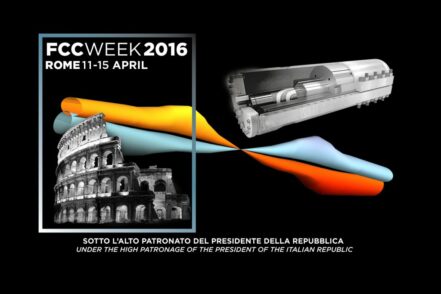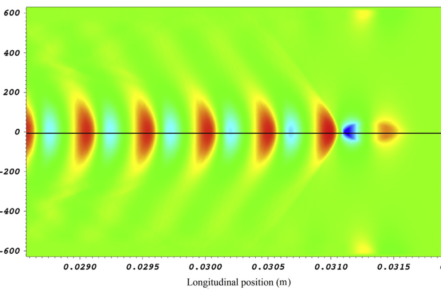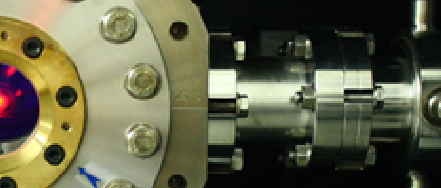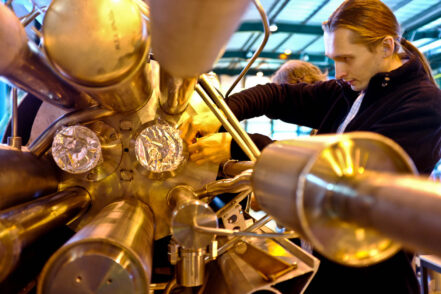New Study confirms Antihydrogen Charge is Neutral
A recent experimental result published in Nature by the ALPHA collaboration, improves upon the direct measurement of antihydrogen charge neutrality. This is a precision test conducted in pursuit of answers…








